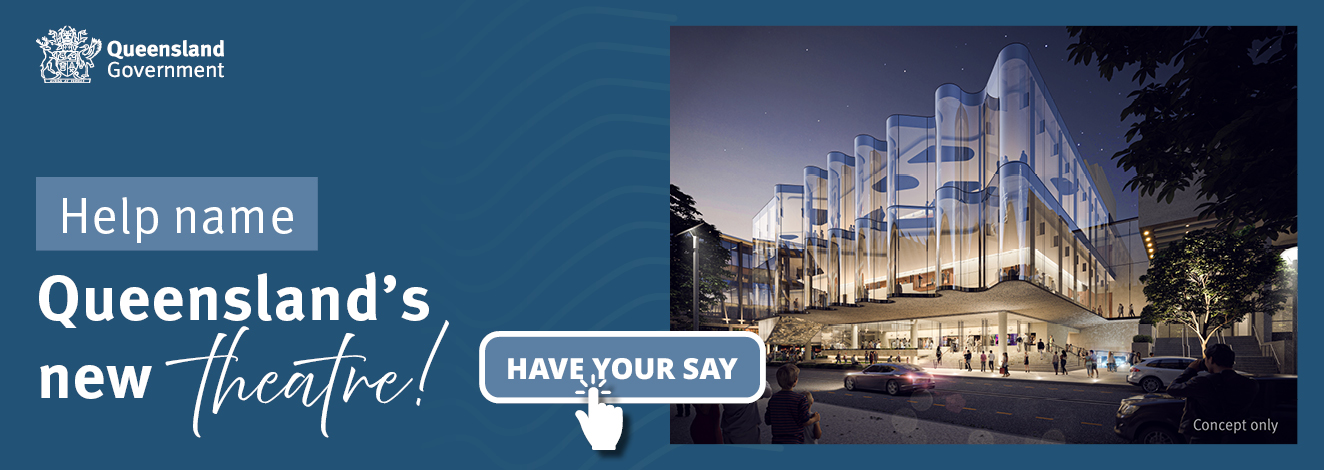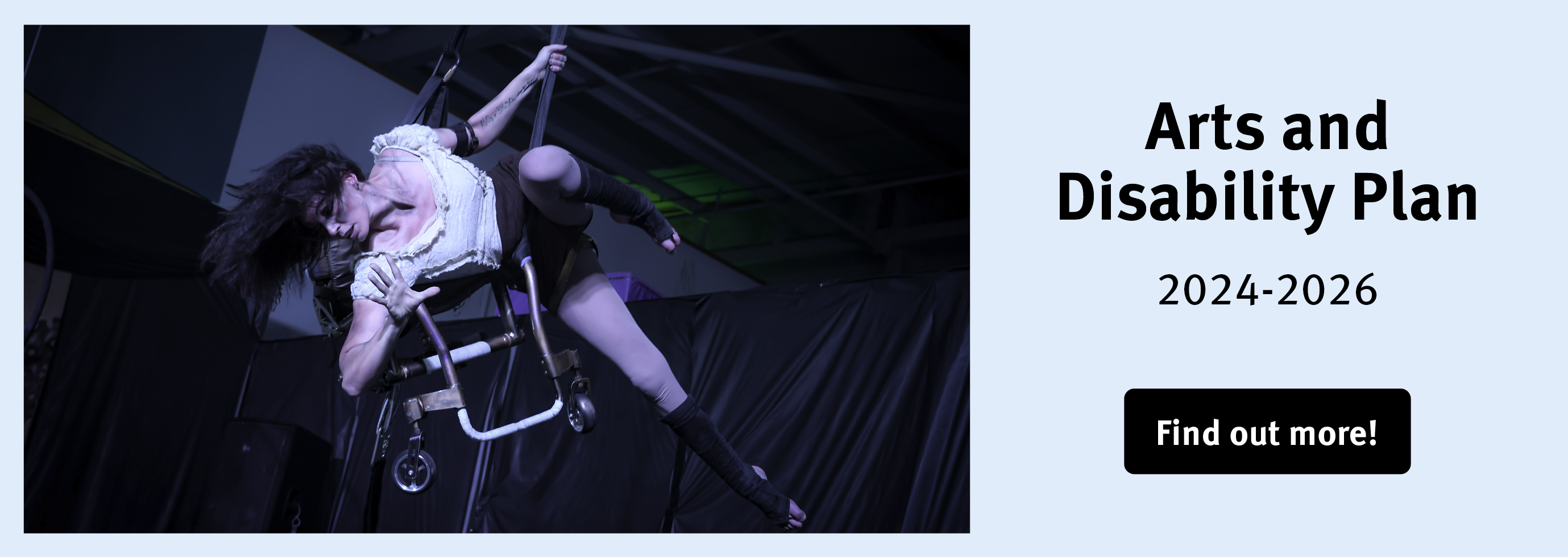Professor Noel Scott and Stephen Clark examine the potential of arts and culture to tap into the growing experience economy and call for better engagement with experience designers in the tourism sector…
Professor Noel Scott and Stephen Clark examine the potential of arts and culture to tap into the growing experience economy and call for better engagement with experience designers in the tourism sector…
From a production or supply perspective, arts and cultural activities are often grouped together and described as the creative sector. We want to explore the creative sector from a demand or audience/customer perspective. From this point of view the consumption of creative services can be described as creative experiences.
While it might be hard to imagine, people who participate in or purchase arts or cultural services do not necessarily take a tangible product home with them. In essence they take home a memory of their experience along with perhaps some souvenirs or mementos as a material reminder (catalogue, program, artwork, merchandise, gifts). Visitors and tourists, especially, find these experiences valuable and are often willing to pay for them. Of course, these experiences have an intrinsic value in terms of personal enrichment and community benefit etc. which others have commented on, but here we want to focus on the economic aspect of creative experiences.
Increasingly, consumption of creative experiences has become an important component of economic life, a trend suggesting that we are moving to an ‘experience economy’. The premise of an experience economy as developed by Pine and Gilmore (1998) is that while (on average) people in many countries are becoming wealthier, there are only so many basic physical goods needed. There are limits to the amount of food one needs, cars one can drive, or even time in a day. Of course, that doesn’t stop people from wanting more but it alters the way they consume products or services.
In this economy many people begin to outsource services such as food preparation at home (by eating in restaurants), doing work around their home (by paying for cleaners or handymen), and at holiday time, switching from camping and caravans to hotels and resorts. These basic services are then ‘traded up’ – i.e. a takeaway café meal becomes a dining experience at a more expensive restaurant and so on. One way of looking at these trends is to say that consumption is moving from products to services to experiences.
This appetite for the consumption of experiences has many consequences. It leads to the development of themed and staged events for a variety of different consumer segments: for those who love the visual arts there are international ‘blockbuster’ art exhibitions; for the (aging) rock and roll lovers, we can see the Rolling Stones (again); for families and teens we create theme parks such as Dreamworld. Our restaurants diversify and add musicians, exhibitions or craft beers to enhance the dining experience.
In the experience economy people seek new experiences. This economy draws its vitality from engagement in new and novel experiences; the consumption of new symbols and meanings. In terms of active engagement or participation there is a fundamental relationship between people’s need for new and novel sources of fun, enjoyment and lifestyle and the creative drive to write, paint, draw, dance and perform.
Australia, and Queensland, is ideally placed to capitalise on these trends. We have a comparatively well-educated, English speaking, individualistic and creative culture. We have skilled artists, arts managers and creative entrepreneurs. The key is to facilitate an active connection between creativity, art and the experience economy. Wesee particular opportunities in linking creative people into the design of better experiences for consumers, through visual arts, music, design, theatre or architecture et al. These experiences may be offered to locals, domestic visitors or international tourists.
In advocating for this nexus between creativity and experience design, our only note of caution is that the design of a creative experience requires an understanding of who the experience is being created for – so that there is a balance between being creative and the purposeful design of an experience that people will find valuable and want to embrace.
In the future we hope that there is a greater communication and engagement between creative people and experience designers, especially in the tourism sector.
Noel Scott and Stephen Clark
 Noel Scott B.Sc., M.B.A. (Dist.), M.Bus. (Marketing) PhD (Tourism Management) Grad Cert. Higher Ed. is Professor in the Griffith Institute for Tourism at Griffith University, Gold Coast, Australia. His research interests include the study of tourism experiences, destination management and stakeholder organization. His recent work has examined the design of tourism experiences in visitor attractions and how to create stronger memories through emotion, co-creation and use of symbols, myths and legends. He is a frequent speaker at international academic and industry conferences.
Noel Scott B.Sc., M.B.A. (Dist.), M.Bus. (Marketing) PhD (Tourism Management) Grad Cert. Higher Ed. is Professor in the Griffith Institute for Tourism at Griffith University, Gold Coast, Australia. His research interests include the study of tourism experiences, destination management and stakeholder organization. His recent work has examined the design of tourism experiences in visitor attractions and how to create stronger memories through emotion, co-creation and use of symbols, myths and legends. He is a frequent speaker at international academic and industry conferences.
 Stephen Clark, Executive Officer, Flying Arts Alliance Inc: From a successful performing arts background based interstate, Stephen has worked in the Queensland arts sector since 1985. He has worked across Queensland in arts management and touring, event & festival production, cultural development and tourism destination marketing. He has worked extensively with local communities and local governments to enhance sense of place and identity, promote creative enterprise and advance professional development in the arts sector.
Stephen Clark, Executive Officer, Flying Arts Alliance Inc: From a successful performing arts background based interstate, Stephen has worked in the Queensland arts sector since 1985. He has worked across Queensland in arts management and touring, event & festival production, cultural development and tourism destination marketing. He has worked extensively with local communities and local governments to enhance sense of place and identity, promote creative enterprise and advance professional development in the arts sector.
Reference: Pine, B. J., & Gilmore, J. H. (1998). Welcome to the experience economy. Harvard Business Review, 76(4), 97-105.
Feature image: Clancestry 2013, QPAC Photo by CFJ photography



